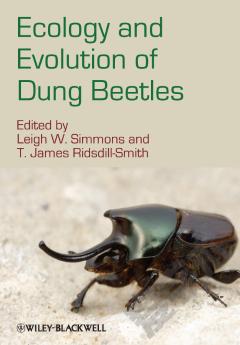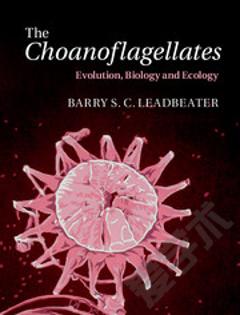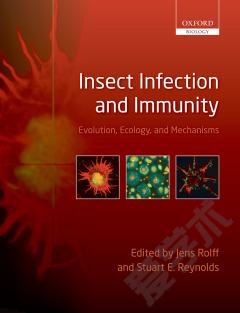The Braconid and Ichneumonid Parasitoid Wasps —— Biology, Systematics, Evolution and Ecology
----- 茧蜂与姬蜂寄生蜂:生物学、系统学、进化及生态学
Th is comprehensive and highly detailed book is a treasure trove of information about ichneumonoid wasps, one of the most s p e c i e s r i c h groups of animals on earth. Its roughly 700 pages constitute an up-to-date and thoughtful review of ichneumonoid biology, ecology, and systematics, including functional morphology interpretations that are seldom brought together in one place. Despite the rapidly changing concepts of higher classifi cation of this superfamily (also reviewed), Quickeâs book is likely to stand as a valuable reference for some time, especially for comparative and functional morphology, basic biology, and some aspects of ecology. Th e bibliography spans 86 pages and is less selective than many reviews of Braconidae and Ichneumonidae, making it also an excellent source for fi nding literature. While the book does contain some of Quickeâs personal views and speculations, especially on functional morphology and evolution of major lineages, its broad and relatively even coverage of the literature will give readers a strong starting point for exploring this ecologically and economically important group. Following a short but interesting introduction, the book is divided into three parts: Morphology and Biology, Taxonomic and Systematic Treatment, and Ecology and Diversity. Four inserts totaling 63 color plates add considerably to the appeal and interpretation of the text, and the book is also illustrated with numerous photos, line drawings and charts. A seven-page glossary provides easy reference to some terms not broadly known to entomologists and other biologists. Part 1 is partitioned into nine chapters that address adult and immature morphology, life histories, and interactions with hosts. Th e last of these chapters is especially interesting in its treatment of convergent adaptations. It addresses many featuresâsuch as white antennal stripes and infl ated, âfossorialâ forelegsâ that have been noticed many times over the years by taxonomists but not often explicitly considered in the context of evolutionary convergence. While some interpretations are necessarily speculative, Quicke generally makes this clear, and includes some features for which the function is unknown but which appear in multiple lineages. White antennal stripes, for example, are found in many ichneumonids and a few braconids, and could have roles in host-measuring, mimicry, and sexual communication in diff erent taxa. Investigation of the function of these features will provide fodder for research for many years. Part 2 contains three chapters: the fi rst provides a short but informative overview of relationships and systematics in the Ichneumonoidea, followed by long chapters on the phylogeny and systematics of the Braconidae and then the Ichneumonidae. Th e fi rst of these chapters integrates comparative morphology, available fossils, and recent molecular evidence to provide a clear picture of the relationship of Ichneumonoidea to other Hymenoptera as currently understood. It also presents the composition and relationships of the two currently recognized extant families to fossil taxa and to extant subgroups formerly considered as separate families. Th e chapters on the Braconidae and Ichneumonidae integrate classical morphology-based phylogenies and subfamily-level classifi cations with more recent molecular phylogenetic results. Th ey are comprehensive in taxonomic scope no matter whether the subfamilies under discussion have been studied or revised recently or not. Th ese chapters also contain a considerable amount of basic biological and host information about each group. Classifi cation of both Braconidae and Ichneumonidae is the subject of rapidly expanding work; it is unlikely that the classifi cations presented will be stable over time. Th is does not detract, however, from the value of having the literature well summarized in its current state. Part 3 consists of three chapters on ecology, local and global patterns of diversity, and rearing methods, as well ESA Members Publish in ESA Journals for Free * REACH A WORLDWIDE AUDIENCE
{{comment.content}}








 京公网安备 11010802027623号
京公网安备 11010802027623号